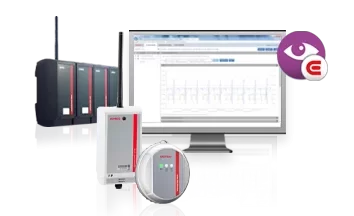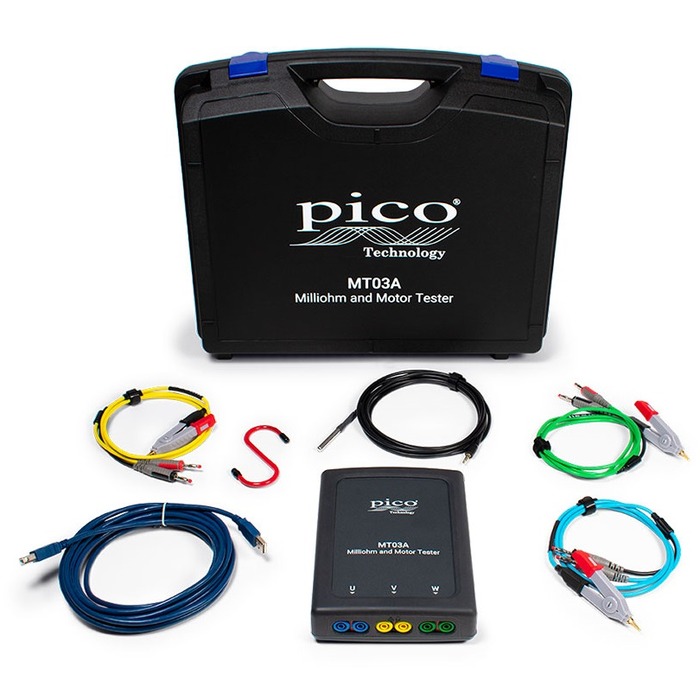
Improving manufacturing supervising through Picanet protocol coupled with CAN XL technology
The advancing intricacy of advanced robotic systems platforms obligates robust tracking and diagnostic systems. Leveraging Picanet, a state-of-the-art communication protocol developed solely for process conditions, joined with the enhanced capabilities of CAN XL, supplies a efficient solution for real-time network insight. CAN XL's lengthened data channels and reach enable seamless integration with Picanet networks, guaranteeing efficient communication of critical operational data. This article considers the favorable points of adopting Picanet observation with CAN XL in industrial automation applications, emphasizing its influence on system functionality.
redis商業版- Additionally, this method supports precognitive maintenance by presenting valuable perception into system health and probable issues ahead of they escalate.
- The versatility of Picanet, joined by CAN XL's extended capabilities, turns it an preferred solution for a vast spectrum of automatic control systems situations.
Applying Vuzix Smart Glasses for Remote Observation
Vuzix smart glasses are quickly emerging a handy instrument in the market of remote surveillance. These pioneering devices grant personnel to view real-time video from separate locations, providing a hands-free and captivating position. With their compact design and easy-to-use control panel, Vuzix smart glasses enable optimized remote monitoring functions.
- Also, Vuzix smart glasses can be linked to existing surveillance systems, assisting for a coherent workflow.
- This linkage improves situational awareness by granting workers with a holistic understanding of the tracked environment.
The range of Vuzix smart glasses makes them suitable for a expansive grouping of applications, including protective surveys, factory oversight, and emergency response. As upgrading continues to grow, we can project even sophisticated uses for Vuzix smart glasses in the sector of remote surveillance.
Building and Applying CAN Relay Control Networks
This document explores the layout and realization of a robust CAN-based relay control system. Adopting the features of the Controller Area Network (CAN), this system allows concurrent communication between a hub controller and distributed relay modules. The scheme incorporates advanced strategies to ensure accurate control of the relays, elevating system performance. In addition, this platform demonstrates the positive aspects of CAN technology in mechanical applications, where fault-tolerant control is paramount.
- Its system embraces a central controller, relay modules, and a CAN bus.
- CAN offers a combined communication channel for the controller to oversee relay states.
- An software infrastructure is developed to process information transfer between the controller and relay modules.
Installation of this system requires mechanical design, software development, and system integration. Thorough testing is administered to demonstrate the functionality and robustness of the system under a range of operating scenarios.
Real-Time Relay Status Monitoring using PCAN Interfaces
Adopting PCAN interfaces supplies a stable solution for immediate monitoring of relay status within mechanical automation and control systems. These high-speed communication interfaces allow seamless data transfer between PLCs, microcontrollers, and host computers, facilitating constant observation of relay activation states. The ability to observe relay behavior in real time yields invaluable insights into system performance, empowering speedy response to potential issues or malfunctions.
- PCAN interfaces present a reliable platform for real-time data acquisition from relays.
- Real-time monitoring of relay status aids efficient troubleshooting and maintenance.
- Furthermore, PCAN interfaces empower high data transfer rates, providing accurate and timely relay status updates.
Sophisticated CAN Bus Data Rendering with Vuzix XR
Unlocking the potential of real-time automotive diagnostics and analysis has become markedly crucial in today's connected world. Vuzix XR smart glasses equip an innovative platform for visualizing complex CAN bus data, granting engineers and technicians a hands-free, immersive view into vehicle systems. Through advanced visualization techniques, critical parameters such as speed, temperature, and fuel levels are presented in a unambiguous and brief manner, overlaid onto the user's eye path. This groundbreaking technique enables technicians to promptly identify anomalies, diagnose issues efficiently, and ultimately streamline maintenance procedures.
- The combination of Vuzix XR's augmented reality capabilities with comprehensive CAN bus data analysis supplies a transformative solution for the automotive industry.
- By leveraging ongoing data streams, engineers can monitor vehicle performance in fine detail, gaining valuable discernment that drives innovation and efficiency.
- The hands-free nature of Vuzix XR empowers technicians to effectively work on vehicles while simultaneously accessing critical information, increasing productivity and safety.
Remote Relay Access and Control via CAN XL
CAN XL's extended data frame length delivers a potent platform for long-range accessing and controlling relays. This article discusses the execution of utilizing CAN XL for relay management, focusing on its pros. By employing the CAN XL protocol's features, users can intuitively monitor and manipulate relay states from a centralized location. This approach yields elevated system adaptability and minimizes the need for physical access with relays.
- Besides, CAN XL's inherent strength ensures consistent communication even in rough environments.
- Consequently, domains such as vehicle production can exploit CAN XL to build more advanced and automatic systems.
Machine Learning-Driven Relay Maintenance with CAN XL
In the progressively automated world of industrial operations, confirming the reliability and uptime of fundamental equipment is necessary. Relay systems, basic components in many automation frameworks, are prone to wear and tear over time, conceivably leading to failures and costly downtime. To curb these risks, employing predictive maintenance strategies has become critical. CAN XL, a high-speed, robust communication protocol, offers a suitable platform for gathering real-time data from relay systems. By exploiting the capabilities of Machine Learning algorithms, this data can be investigated to discover patterns and calculate potential failures before they happen.
- Machine Learning models can be trained on historical data from relay systems to establish reference points for normal operation.
- Real-time data collected via CAN XL can then be compared against these baselines, enabling the detection of deviations that may indicate impending failures.
- By assessing this information, predictive maintenance systems can generate alerts to technicians, permitting timely intervention and avoiding costly downtime.
City Infrastructure Analytics through Picanet and CAN XL
Current connected urban areas are increasingly reliant on robust and well-maintained infrastructure monitoring systems. To handle this escalating need, innovative technologies like Picanet and CAN XL are advancing as game-changing solutions. Picanet's scattered architecture allows seamless data distribution across a wide area, while CAN XL offers advanced bandwidth and longer communication ranges. By joining these technologies, cities can achieve real-time supervision of critical infrastructure assets such as traffic flow, energy grids, and environmental sensors. This comprehensive approach improves smarter decision-making, boosts workflow productivity, and ultimately boosts the welfare of urban residents.
Using Vuzix AR Headsets for Relay Inspection
Vuzix's modern augmented reality (AR) glasses present a radical approach to industrial relay inspections. By overlaying virtual content onto the concrete world, technicians can reliably assess relay units for wear and tear, discovering potential anomalies. This non-contact inspection method augments technician efficiency, lowering downtime and upgrading overall health on the job site.
- In addition, Vuzix AR platforms grant real-time coordination between technicians and engineers, fostering accelerated diagnosis.
- Ultimately, Vuzix AR facilitates the relay inspection process, generating a more reliable and low-cost method.
Utilizing CAN Data for Improved Relay Operation
Achieving optimal module performance within multi-layered systems often hinges on comprehensive review of real-time data. Controller Area Network (CAN) provides a secure platform for amassing this critical information, allowing in-depth insights into relay behavior and system functionality. By capitalizing on real-time CAN data interpretation, engineers can spot potential issues, maximize relay settings for paramount efficiency, and ultimately enhance the overall reliability and performance of the system.
- Real-time CAN data analysis furnishes a valuable tool for identifying irregularities in relay behavior.
- Employing real-time monitoring systems can significantly improve system analysis.
- By analyzing CAN data, engineers can calculate relay performance metrics such as activation lag.
Trusted Communication Frameworks for Relay Controls
Relay control networks incorporate secure communication protocols to defend the integrity and confidentiality of transmitted data. These protocols promote reliable data exchange between relay nodes and central controllers, blocking unauthorized access, falsification, and eavesdropping. Adopting robust protocols such as HTTPS is important for maintaining the security and reliability of these networks. This secures efficient and safe operation in critical applications extending across industrial automation to smart grids.
